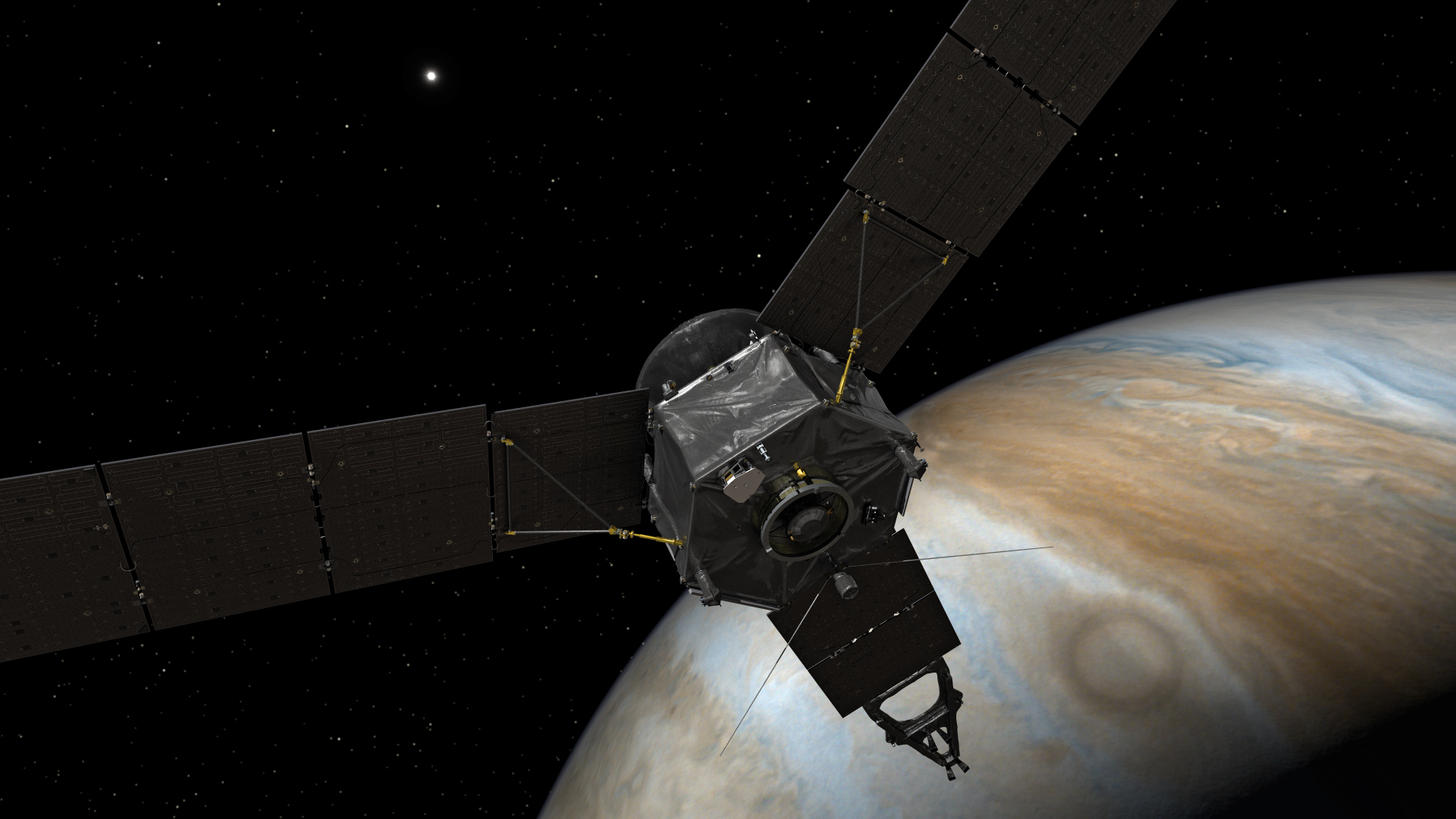
A recent study reveals that lightning behaves similarly on Jupiter as it does on Earth. NASA’s Voyager 1 spacecraft discovered lightning on Jupiter more than 40 years ago.
These electrical discharges, known as Jovian lightning, occur just as frequently on the gas giant as they do on our home planet. Voyager 1 detected faint radio signals, called whistlers, which are typically associated with lightning strikes.
This discovery established Jupiter as the second known planet, after Earth, to experience lightning. However, scientists have been puzzled by how lightning evolves on this gaseous planet for many years.
Jupiter follows the same ‘step-wise’ lightning manner as Earth

A group of researchers have examined five years of data collected by NASA’s Juno spacecraft, which has been circling Jupiter since 2016. Their findings indicate that lightning on Jupiter follows a similar pattern to that on Earth, occurring in a “step-wise” manner.
These new observations reveal that despite their contrasting sizes and structures (with Jupiter being much larger and lacking a solid surface like Earth), both planets experience similar types of electrical storms.
On Earth, lightning is generated within turbulent clouds. These clouds have upward winds that carry water droplets, causing them to freeze into ice. Meanwhile, downward winds push the frozen ice back down toward the bottom of the clouds.
When the falling ice encounters the rising water droplets, electrons are stripped from the ice, creating a negatively charged base for the cloud and a positively charged top, with insulating air separating them.
As these charges accumulate, the familiar lightning bolt occurs either within the cloud itself or, at times, from the base of the cloud to the ground. Previous studies have indicated that a similar process takes place in the atmosphere of Jupiter.
Although lightning strikes on Earth may appear as long, smooth bolts from a distance, scientists are aware that each instance of lightning is actually composed of distinct steps.
Each step emits isolated radio signals, which are often the key to understanding the processes taking place within thunderclouds, according to Space.
Ivana Kolmašová, a senior research scientist at the Institute of Atmospheric Physics of the Czech Academy of Sciences in Prague and the lead author of the study told Space that it was uncertain whether the stepping process observed in lightning on Earth also takes place in the clouds of Jupiter.
The previous spacecraft couldn’t provide enough information
The reason why previous spacecrafts, NASA’s Voyager 1 and Voyager 2, Galileo, and Cassini, could not provide detailed information about lightning on Jupiter is that their instruments were not sensitive enough to capture the radio signals with precision.
However, the Juno spacecraft’s Waves instrument surpassed its predecessors by collecting ten times more radio emissions.
It accomplished this by detecting lightning signals separated by as little as one millisecond, which revealed a step-like behavior, according to Space.
See all the latest news from Greece and the world at Greekreporter.com. Contact our newsroom to report an update or send your story, photos and videos. Follow GR on Google News and subscribe here to our daily email!



